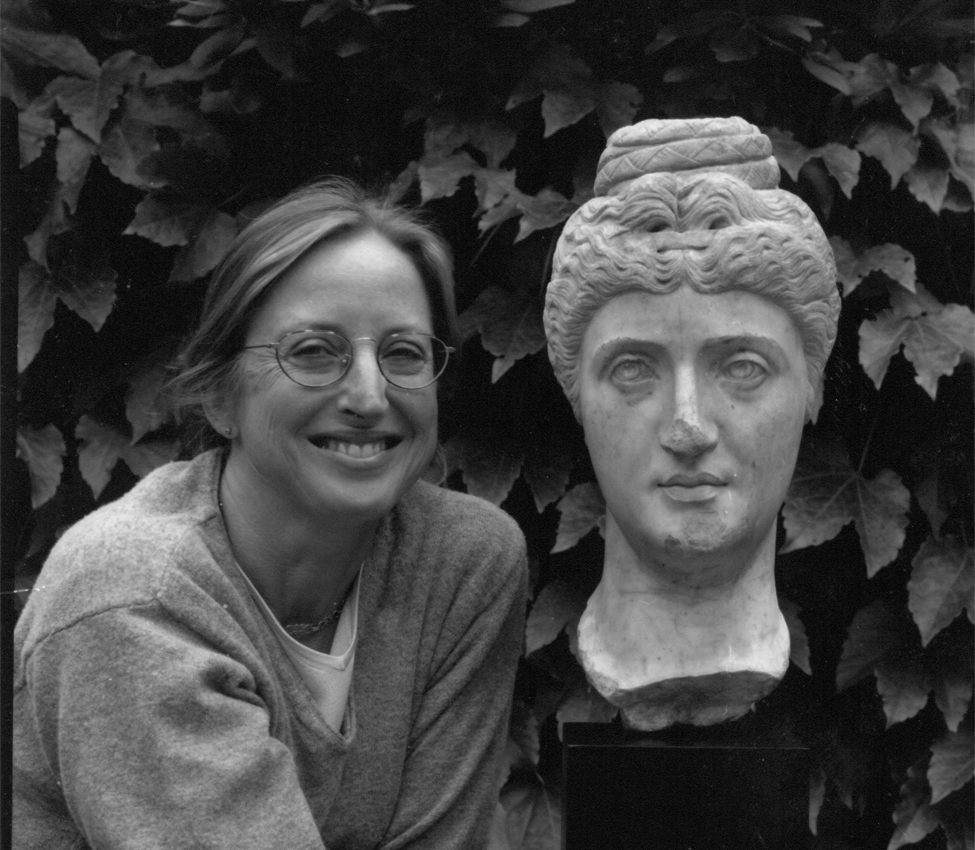No curator has ever done more for her museum, or done it with more intelligence, grace, and generosity of spirit, than Wendy Watson has for the Mount Holyoke College Art Museum. In her 41 years as curator (the Museum’s first), she transformed a collection of fewer than 4,000 objects, in which plaster casts of Greek sculpture (on which I wrote my own first art history papers as a student) were mixed with masterpieces like the Duccio Angel from the Maestà altarpiece and the Bierstadt Hetch Hetchy Canyon, to one of more than 17,000 works of art that span the millennia and the world, and launched the Museum as a dynamic center for learning at the College.
The Museum’s acquisitions under Wendy’s leadership have anchored the collection with memorable works of art strategically chosen for quality and importance for teaching. These major acquisitions, “thoughtfully and purposefully sought out,” – notably a French Gothic Madonna, a pair of Japanese screens, a Dutch vanitas painting, a ninth century Indian stone Ganesh, and most recently a long-lost French Neoclassical history painting (Etienne Aubry) – were often the subjects of decades-long searches to get “just the right one.” All were worth the wait.
Collaborating with faculty colleagues and a succession of directors, Wendy addressed changes in teaching by showing and acquiring works by outstanding African, African American, Native American, and women artists, notably Kara Walker, Jane Hammond, and installation artist Rosamund Purcell, and with John Stomberg actively buying photography to add contemporary Middle Eastern and east Asian art. And she revitalized the Skinner Museum! Wendy ensured that student research helped shape the museum’s collection – a beautiful Iznik ceramic dish recommended by a student studying the arts of Islam was one such acquisition. Her mentoring of students and engagement with faculty were a priority and an inspiring success.
Wendy’s exhibitions were exquisite thoughtful shows that advanced scholarship and brought a wide range of art from ancient to contemporary to Mount Holyoke. Often they were tied to acquisitions for the permanent collection. Among her most important are also her favorites – The Moon and the Stars: Afterlife of a Roman Empress (portrait of Faustina the ElderValenciennes, Daubigny, and the Origins of French Landscape Painting (neoclassical landscape by Pierre-Henri ValenciennesHendrick Andriessen and the Vanitas Still Life: Reality and Metaphor (Hendrick Andriessen vanitas painting).
Wendy’s own goals and those of the Museum – to provide “direct engagement with works of art on different disciplinary planes” and “allow for direct connections with the authentic, and open the eyes and minds of students, faculty, and Museum visitors to new ideas and fresh visual experience” – were in perfect harmony. Her all-consuming passion for art and her work was an inspiration for students and colleagues. As a grateful alumna whose museum career began with a Greek vase at the MHCAM and a fellow university museum curator of forty years’ duration, it has been a privilege to know and work with Wendy. My warmest congratulations on a stellar career!

 GIVE
GIVE